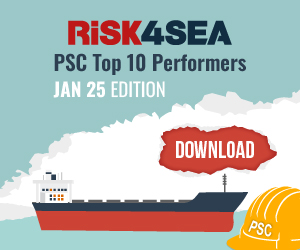Starting January 1, 2026, all passenger vessels under 10,000 gross tonnage operating in Norway’s World Heritage fjords must meet zero-emission standards, as part of the Environmental Safety Regulations established by the Norwegian Maritime Authority.
This regulation, mandated by the Ministry of Climate and Environment, marks a significant step in a process that began in 2018. Larger passenger vessels (10,000 gross tonnage or more) will be subject to the same zero-emission requirement starting in 2032. The new rules are aimed at reducing environmental impact and preserving the fjords as premier tourist destinations.
The regulations allow for biogas as an alternative fuel, provided it is kept separate from fossil fuels until bunkering, and bunkered within a month of entering the fjords to match the energy expected to be used. Biogas from the pipeline gas network with mass balance certification does not qualify. Shore power must also be used where available.
The zero-emission mandate is technology-neutral, meaning operators can choose how to comply, as long as their solutions do not emit CO₂ or CH₄ directly. However, any energy sources used must still meet EU standards for greenhouse gas reductions.





























































